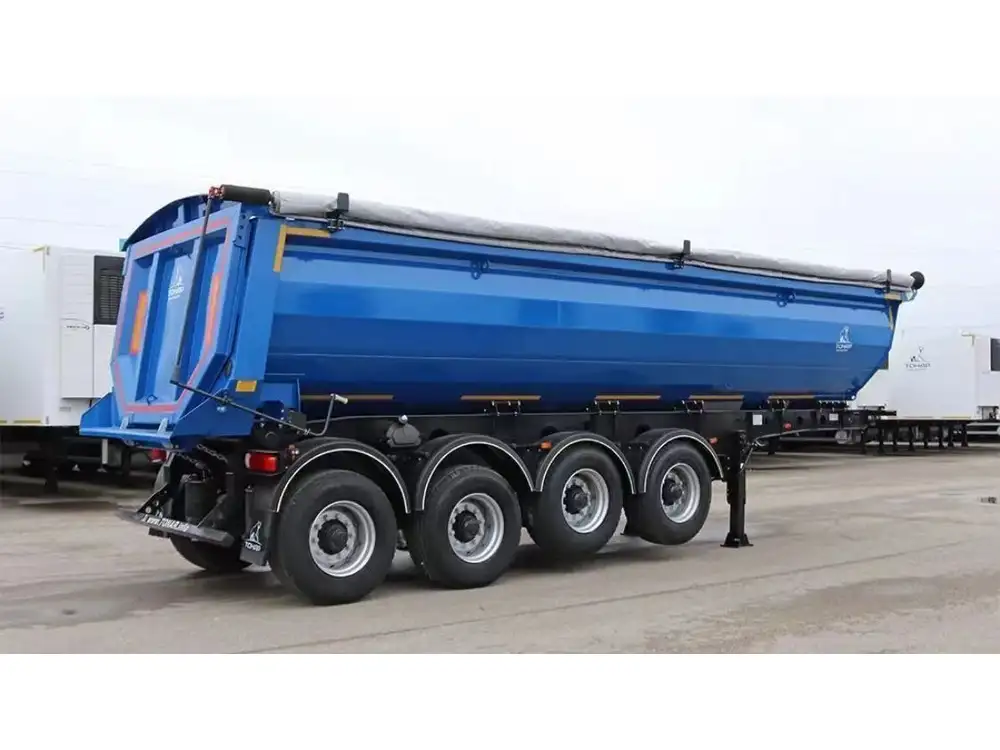Cleaning the fresh water tank of your travel trailer isn’t just a matter of routine; it’s an essential upkeep task that ensures your on-the-road adventures are safe, healthy, and free from unpleasant surprises. In this guide, we provide a detailed roadmap for effectively cleaning your fresh water tank, ensuring that your subsequent trips are refreshingly clean.
Understanding the Fresh Water System in Your Travel Trailer
Before diving into the cleaning process, it’s crucial to understand the basic components of your travel trailer’s fresh water system. The fresh water system typically includes:
- Fresh Water Tank: The reservoir where water is stored for use in the trailer.
- Water Pump: This draws water from the tank and delivers it throughout the trailer to various fixtures like faucets and showers.
- Water Lines: These pipes transport water from the tank to the fixtures.
Key Reasons for Cleaning Your Fresh Water Tank
- Prevent Bacterial Growth: Stagnant water can breed bacteria, leading to potential health issues when consumed.
- Avoid Bad Odors: Over time, impurities can cause foul smells, making the water unpleasant to use.
- Maintain Healthy Taste: Clean water ensures that you enjoy the fresh taste you expect while traveling.
- Improve System Efficiency: A clean system ensures that your water pump works effectively, preventing unnecessary strains or breakdowns.

Step-by-Step Process for Cleaning Your Fresh Water Tank
Follow this comprehensive guide with precise steps, ensuring that you leave no stone unturned.
Step 1: Gather Essential Supplies
Before starting the cleaning operation, gather the following supplies:
| Supply | Purpose |
|---|---|
| White Vinegar | A natural disinfectant and deodorizer. |
| Bleach (unscented) | Effective for killing bacteria; use sparingly. |
| Water Hose | Essential for rinsing the tank. |
| Bucket | To mix cleaning solutions. |
| Funnel | To avoid spills when filling the tank. |
| Soft Brush or Cloth | For scrubbing stains if necessary. |
Step 2: Drain the Fresh Water Tank
- Locate the Drain Valve: Usually found at the bottom of your tank, ensure it’s easily accessible.
- Drain Completely: Open the valve and let water flow out until the tank is completely empty. This may take some time, depending on the size of your tank.

Step 3: Prepare a Cleaning Solution
- Dilute Bleach or Vinegar:
- If using bleach, mix a solution of 1 cup of bleach to 5 gallons of water. Remember, using too much bleach can damage your plumbing.
- Alternatively, mix a solution of equal parts of water and white vinegar. This is a more natural and less harsh option.
Step 4: Fill the Tank with Cleaning Solution
- Use a Funnel: Pour the mixture carefully into your tank using a funnel to avoid spills.
- Fill with Water: After adding the cleaning solution, fill the tank to capacity with fresh water. This will help distribute the solution throughout the tank.
Step 5: Agitate the Solution
- Turn on the Water Pump: Allow the pump to draw the cleaning solution into the system. Open all faucets until you notice the cleaning solution coming through. This ensures that the entire plumbing system receives the cleaner.
- Let it Sit: Allow the solution to sit in the tank and plumbing for at least 6-8 hours, or even overnight, to effectively kill off bacteria and other contaminants.

Step 6: Flush the Fresh Water Tank
- Drain the Cleaning Solution: Open the drain valve and completely empty the tank.
- Rinse Thoroughly: Refill the tank with fresh water and drain again. Repeat this process 2-3 times to ensure all cleaning residues are removed.
- Check for Odors: If any chlorine smell persists, continue flushing until it is gone.
Step 7: Final Check and Maintenance
- Inspect All Components: Check hoses, pumps, and fittings for any damage or leaks.
- Test Water Quality: Conduct a simple test for taste and odor, ensuring it’s pleasant before your next trip.
- Set a Cleaning Schedule: Regular maintenance may include cleaning every six months or after extended periods of storage without use.
Additional Tips for Maintaining a Clean Fresh Water Tank

Routine Checks
- Inspect for Contamination: Check for any visible debris or contamination periodically. It’s easy to overlook something that could affect your water quality.
- Monitor Tank Usage: Keep track of how often you fill and empty your fresh water tank; frequent use can justify more cleaning sessions.
Use Water Filters
- Installing a Water Filter: Consider adding an in-line water filter to catch impurities before they enter your fresh water tank. This extra layer of precaution minimizes contaminants effectively.
Seasonal Prepping
- Winterize Your System: If you won’t be using your trailer in winter, properly winterize your plumbing system to prevent build-up and freezing, which could lead to clogs or leaks.

Troubleshoot Common Issues
1. Cloudy or Discolored Water
- Possible Causes: Stagnant water, growth of sediment, or improper cleaning.
- Solution: Increase cleaning frequency and ensure rigorous flushing when needed.
2. Persistent Odors
- Possible Causes: Bacterial growth or residual cleaning solutions.
- Solution: Ensure complete flushing; consider deeper cleaning if necessary.

3. Low Water Pressure
- Possible Causes: Clogs in the system or a dirty water pump.
- Solution: Inspect and clean the water pump and hoses.
Comparison of Cleaning Agents
| Cleaning Agent | Pros | Cons |
|---|---|---|
| Bleach | Effective for killing bacteria | Strong smell, can damage rubber plumbing |
| White Vinegar | Natural, safe, and effective | May require more time to work, less effective on heavy stains |
Conclusion
By following this detailed guide, you can ensure that your travel trailer’s fresh water tank is not only clean but maintained for optimal performance. Regular cleaning enhances water quality, safety, and supports the longevity of your trailer’s plumbing system. Take the time to care for your fresh water tank, setting the foundation for countless enjoyable journeys filled with clear, refreshing hydration. Happy travels!



